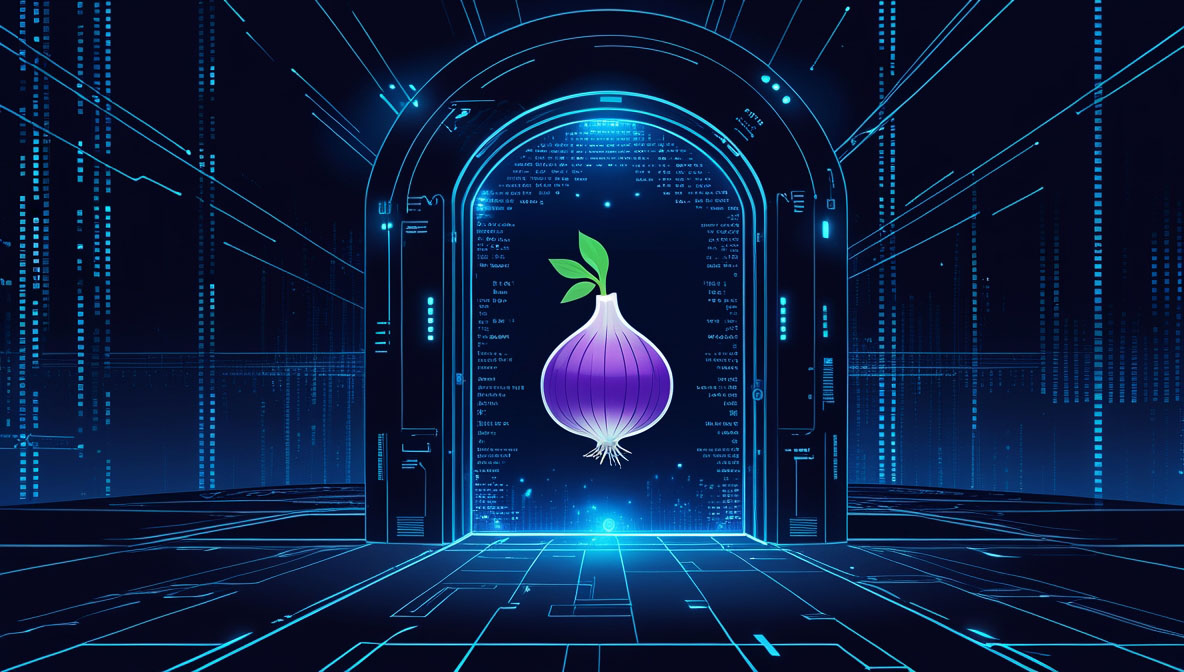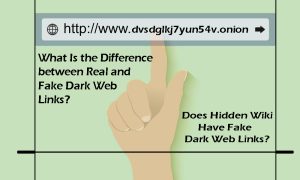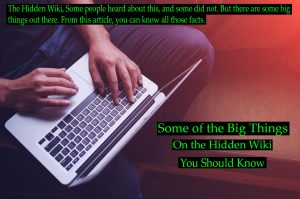Revolutionizing Dark Web Access: The Hidden Wiki’s Pivotal Role
Before the Hidden Wiki’s creation, the dark web was an intimidating, hard-to-navigate space. It lacked a centralized directory or search engine due to the anonymous and decentralized nature of .onion services. This meant that new users, even those with technical knowledge, often struggled to discover reliable, trustworthy sites. The Hidden Wiki changed this by acting as an entry point — a curated, user-editable directory of active .onion links grouped by categories like marketplaces, forums, email providers, and privacy tools.
This innovation significantly lowered the barriers for newcomers and casual users. Instead of relying on word of mouth, forums, or trial-and-error, users could explore a single hub to find resources. It also encouraged growth in the dark web economy by funneling traffic to darknet markets and service providers.
Because it was user-maintained, the Hidden Wiki became a dynamic, constantly updated source of information, much like Wikipedia on the surface web, but for anonymous services. This model fostered community collaboration and introduced risks, as open editing allowed spam, scams, and malicious content to proliferate. For a detailed look at the Hidden Wiki’s current state and challenges, see our article What Is the Hidden Wiki and How It’s Going in 2025.
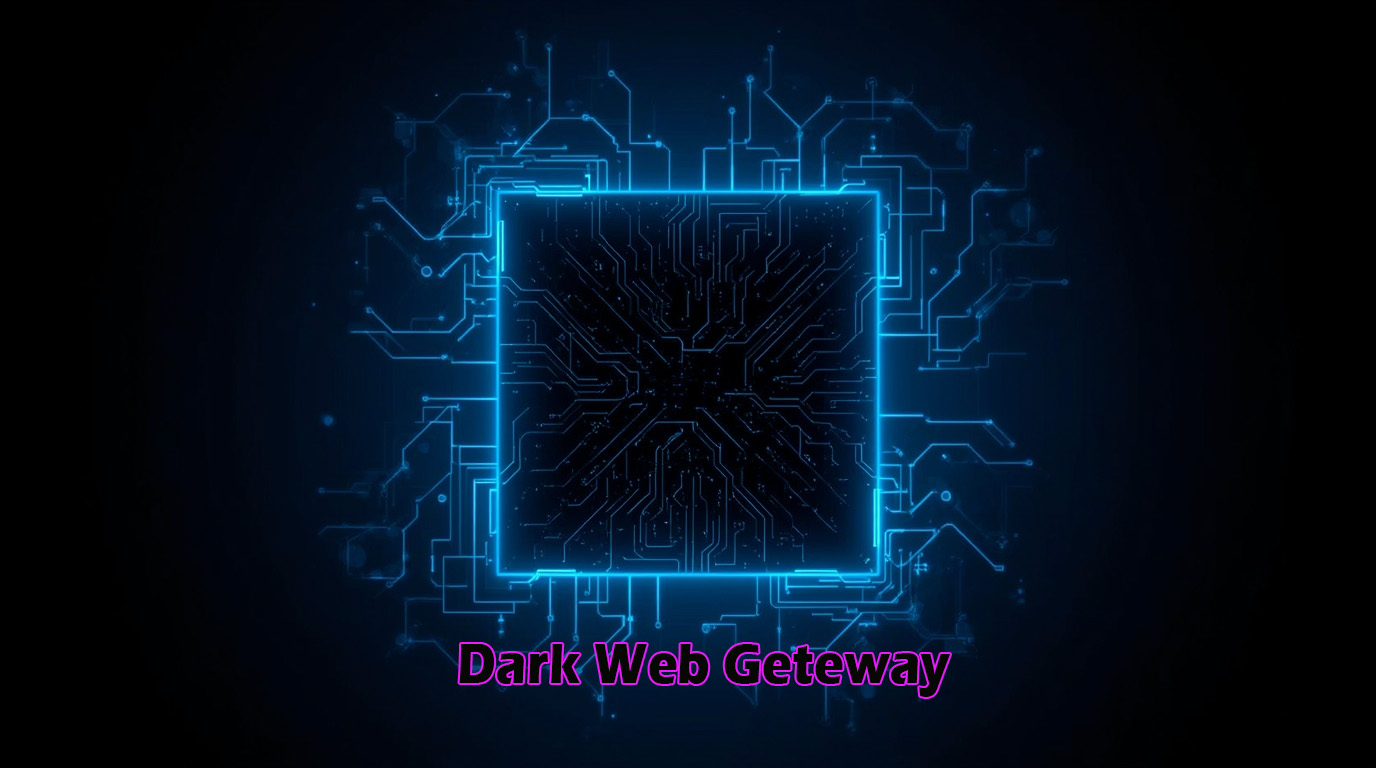
The Origins of the Hidden Wiki
The Hidden Wiki emerged around 2010-2011, paralleling the rise of Tor and early darknet marketplaces. At this time, Tor was primarily used by a niche group of activists, journalists, and privacy advocates. The dark web itself was fragmented and relatively inaccessible to the average internet user.
The launch of Silk Road in 2011 marked a turning point in dark web activity. It demonstrated the potential for anonymous marketplaces, creating demand for easier ways to discover such sites. The Hidden Wiki answered that demand by providing an open directory of Tor links, including Silk Road itself and other nascent marketplaces.
Unlike traditional websites, the Hidden Wiki was hosted as a Tor hidden service (.onion domain), ensuring anonymity for both its operators and users. It adopted a wiki format to allow users to contribute and update links in real-time, which was critical in a space where sites frequently went offline or changed addresses to evade law enforcement.
How the Hidden Wiki Works
The Hidden Wiki functions like a collaborative encyclopedia of dark web links. It categorizes onion sites into clear sections: darknet markets, hacking forums, whistleblower platforms, cryptocurrencies, social communities, and more. Users can typically submit new links or edit existing ones, although some versions introduced moderation to combat abuse.
This wiki-style approach is both its strength and weakness. It empowers community-driven curation, making the directory comprehensive and up-to-date. However, because edits are not always verified, malicious actors often insert scam sites, phishing links, or fake marketplaces to steal credentials or cryptocurrencies.
To counter these risks, several versions of the Hidden Wiki include disclaimers warning users to exercise caution and verify links before interacting. Because law enforcement regularly targets well-known Hidden Wiki domains, the site often changes addresses, leading to a proliferation of mirrors and forks — some trustworthy, others malicious.
Role as a Gateway and Information Hub
The Hidden Wiki’s biggest contribution is lowering the dark web’s entry barrier. Many newcomers find the technical hurdles of using Tor, understanding .onion URLs, and locating reliable sites overwhelming. The Hidden Wiki simplifies this by consolidating diverse resources in a single directory.
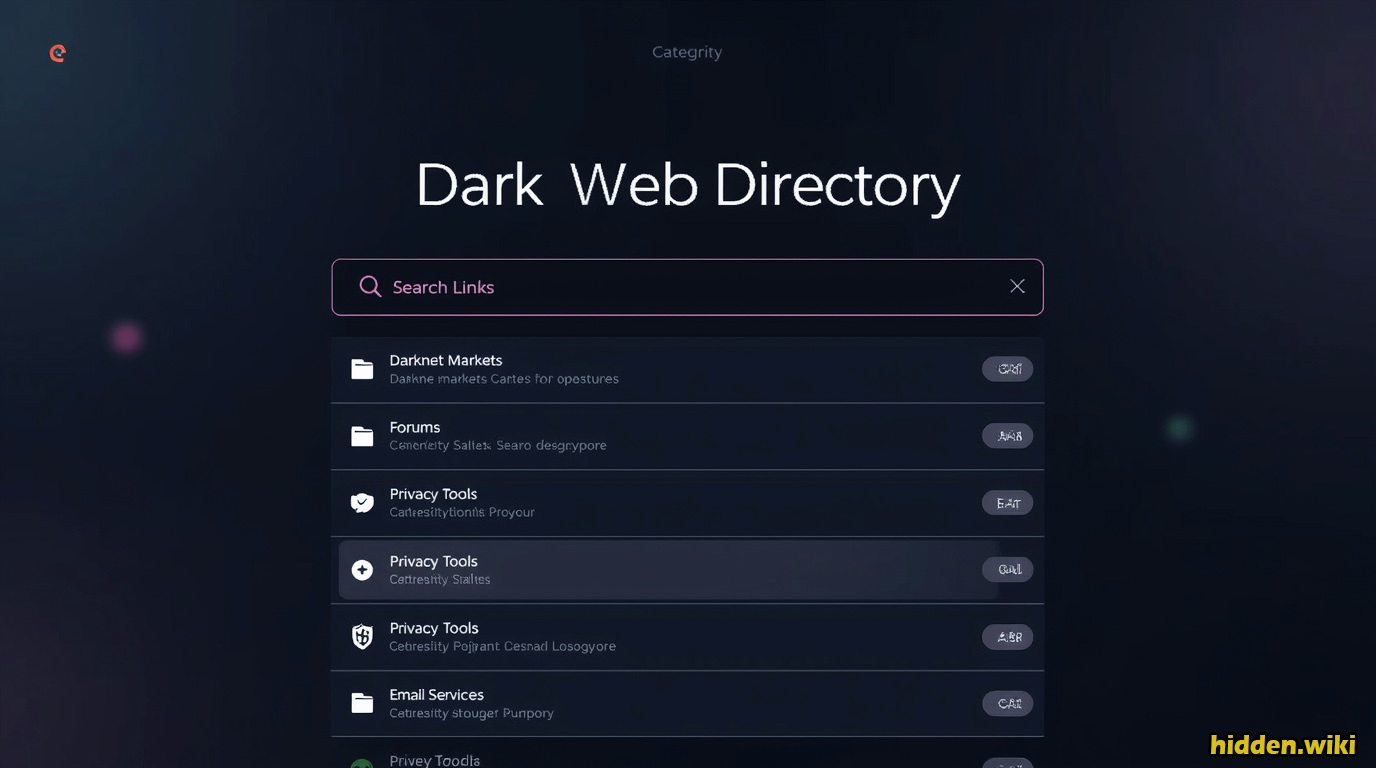
It acts as a hub not just for marketplaces but for a wide range of services, such as anonymous email providers (e.g., ProtonMail), secure messaging, cryptocurrency tools, whistleblowing platforms like SecureDrop, and forums for discussions on privacy or darknet news. This breadth makes it a one-stop shop for users seeking privacy-oriented online tools.
Additionally, the Hidden Wiki often serves as a basic tutorial for beginners, with some versions including instructions on how to use Tor, stay safe, and avoid scams. For many, it is their first introduction to the deep and dark web world.
Controversies and Challenges
Because the Hidden Wiki’s content is uncensored and user-edited, it inevitably includes links to illegal or highly controversial material. This includes darknet markets selling drugs, weapons, counterfeit documents, hacking services, and other illicit goods. For a balanced perspective on who uses the dark web and why, see Is the Dark Web Only for Criminals or Everyone?.
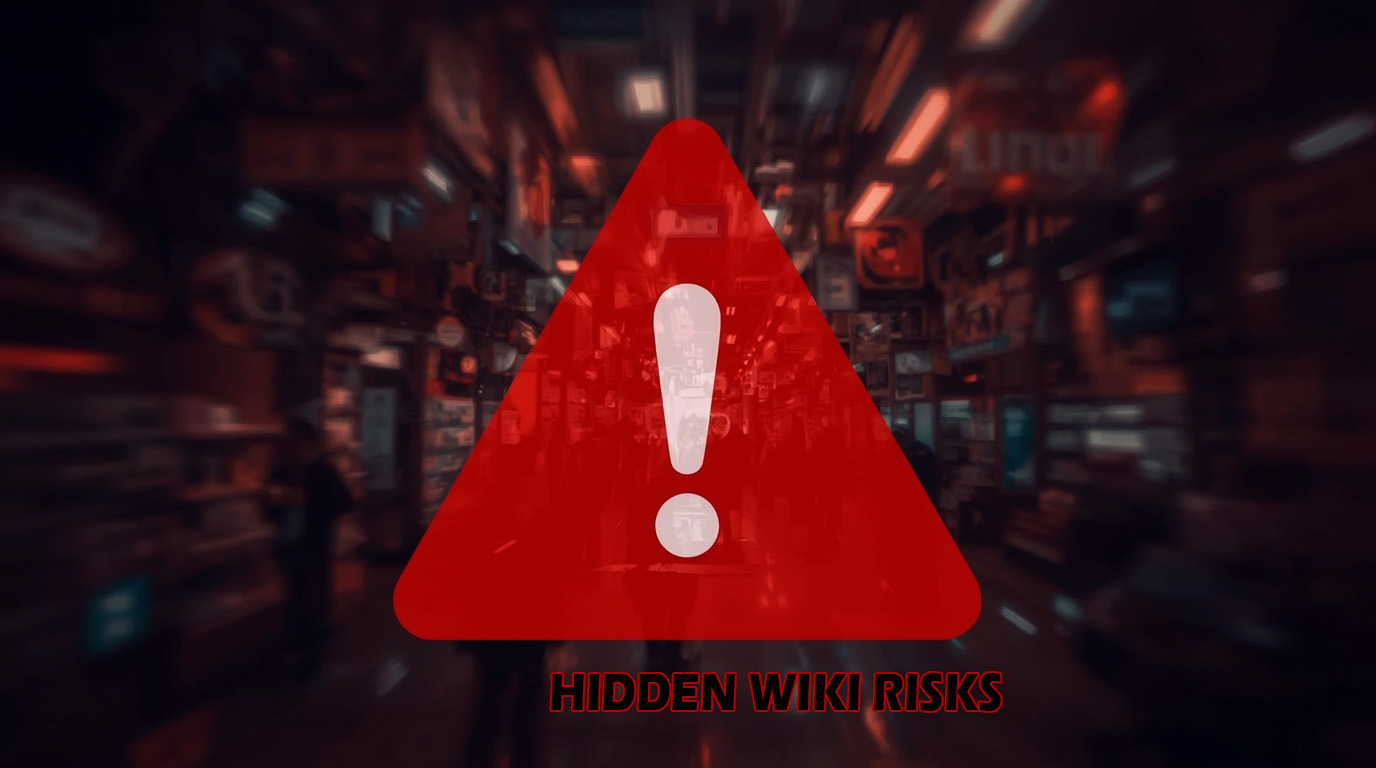
This open nature attracts scammers and criminals who create fake marketplaces or phishing sites within the directory to exploit unsuspecting users. There have been numerous reports of defacements, where hackers or law enforcement seize control of mirrors and replace links with malicious content or warnings.
The prevalence of scams and malware forced many darknet users to treat the Hidden Wiki cautiously, cross-referencing links with trusted community forums or using verified mirrors only. Moreover, law enforcement efforts to shut down prominent Hidden Wiki mirrors created a cat-and-mouse dynamic, pushing the community to create ever-changing domains and multiple forks to evade censorship.
Evolution Over Time
The Hidden Wiki evolved from a single directory to a fragmented ecosystem of mirrors and forks, each claiming authenticity. Some forks aimed to be safer by moderating links, removing scams, and providing verified lists. Others specialized in niche content like markets only or whistleblower sites only.
Technological improvements also emerged, with some versions implementing PGP-signed updates to verify link authenticity and reduce tampering. Despite fragmentation, the core concept remains the same: a community-curated directory that helps users navigate an otherwise opaque environment.
The rise of alternative discovery tools like darknet search engines or market review forums has supplemented but not replaced the Hidden Wiki’s role. Its cultural significance remains intact as an emblem of dark web accessibility.
Why the Hidden Wiki Remains Important
In 2025 and beyond, the Hidden Wiki still serves as a key resource for new and experienced users alike. It embodies the dark web’s values of privacy, decentralization, and open access, even as it wrestles with security challenges.
For newcomers, it provides an understandable starting point — something tangible in an otherwise complex network. For veterans, it remains a quick reference for new marketplaces, tools, or resources. Its ongoing presence is also a testament to the resilience of the dark web community against censorship and takedown attempts.
Tips for Safe Use
Using the Hidden Wiki safely requires knowledge and caution. Always use the official Tor Browser to access .onion links, and consider combining it with a VPN for an extra layer of anonymity. Never download files or input personal information unless you trust the source.
Verify links using community forums or updated lists maintained by trusted darknet users. Be aware that many scam sites imitate legitimate ones, so use PGP signatures or other verification methods if possible. Avoid clicking on suspicious or unfamiliar links, and keep your system secure with up-to-date antivirus and sandboxing techniques.
Educate yourself about basic operational security (OpSec) principles to minimize the risk of exposure or scams when using the Hidden Wiki or any dark web service.
The Technical Infrastructure Behind the Hidden Wiki

Delve into how the Hidden Wiki operates technically as a Tor hidden service (.onion site). Explain what makes a .onion address special — how it relies on Tor’s onion routing for anonymity, both for users and for the server hosting the Hidden Wiki.
Discuss how the Hidden Wiki servers are usually hidden, decentralized, and often hosted by volunteers or anonymous groups. Talk about challenges like uptime reliability, DDoS attacks, and frequent domain changes due to law enforcement or hacking threats.
This section can also touch on mirror sites — what they are, why they exist, and how users identify trustworthy mirrors.
The Social and Cultural Impact of the Hidden Wiki
Explore how the Hidden Wiki influenced the perception and culture of the dark web. It democratized access, making it more than just a tool for hackers or criminals — it became a place where privacy activists, journalists, whistleblowers, and everyday users could find resources.
Highlight stories or examples of how the Hidden Wiki helped whistleblowers access anonymous leak platforms or how privacy advocates found encrypted communication tools through it.
Also, discuss the social challenges — how it fostered an underground culture that often clashes with mainstream internet norms, and how it has sparked debates about free speech versus illegal content hosting.
Legal and Ethical Considerations
Discuss the legal gray area surrounding the Hidden Wiki. While the directory itself is just a list of links, many of those links lead to illegal content. This raises questions about liability, censorship, and the ethics of hosting or using such a directory.
Mention how different countries handle dark web directories legally, how law enforcement agencies monitor them, and cases where Hidden Wiki operators or contributors have faced legal action.
Bring in the ethical debate: balancing free speech and privacy with the risks of facilitating criminal activity.
How to Verify and Trust Links on the Hidden Wiki
Since the Hidden Wiki can be a hotbed for scams, explain best practices for verifying links before visiting or interacting with them.
Introduce methods like:
-
Cross-checking with trusted darknet forums and communities.
-
Use PGP signatures or cryptographic verification when available.
-
Following community-vetted directories or curated lists.
-
Being wary of recently added or unverified links.
Explain why due diligence is crucial to avoid scams, malware, and phishing attempts.
Future of the Hidden Wiki and Dark Web Directories

Speculate on how the Hidden Wiki and similar directories might evolve. Will decentralized technologies like blockchain improve link verification and censorship resistance?
Discuss trends like AI-powered dark web search engines, enhanced privacy tools, or the rise of alternative darknets beyond Tor.
Consider potential legal pressures and technological innovations that could shape the future landscape.
User Stories and Experiences
Include anonymized or aggregated user stories about first-time visits to the Hidden Wiki. What did they find? What challenges did they face? How did it help them access services or communities?
Sharing real-world experiences makes the article relatable and provides practical insights.
Comparison with Other Dark Web Directories
Briefly compare the Hidden Wiki with other dark web directories or search engines. Highlight differences in approach, trustworthiness, scope, and usability.
Explain why the Hidden Wiki remains popular despite alternatives.
Conclusion
The Hidden Wiki’s journey from a simple directory to a symbolic gateway illustrates the dark web’s dual nature: a space for privacy and freedom, but also fraught with risks and illegality. It lowered entry barriers, helped build an ecosystem, and remains culturally significant despite challenges.
Understanding the Hidden Wiki means understanding the broader story of the dark web — a constantly evolving frontier where anonymity meets innovation, danger, and opportunity.

